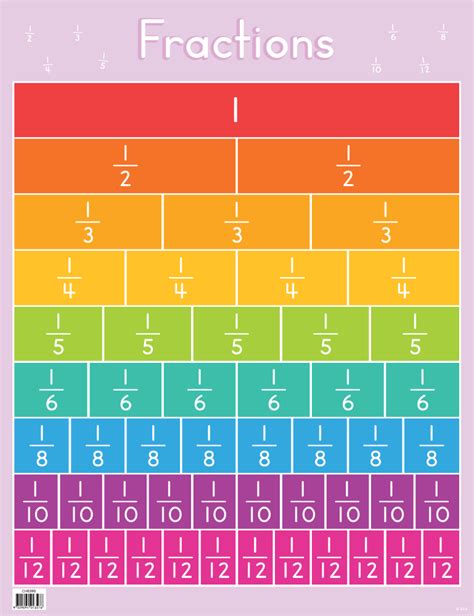What Is 1.25 In A Fraction
Kalali
Mar 28, 2025 · 4 min read

Table of Contents
What is 1.25 in a Fraction? A Comprehensive Guide
Understanding how to convert decimals to fractions is a fundamental skill in mathematics. This comprehensive guide will delve into the process of converting the decimal 1.25 into a fraction, exploring different methods and providing a solid understanding of the underlying principles. We'll also touch upon related concepts and practical applications to ensure a complete grasp of the subject.
Understanding Decimals and Fractions
Before we dive into the conversion, let's briefly review the concepts of decimals and fractions.
Decimals: A decimal number is a way of representing a number using a base-10 system. The digits to the right of the decimal point represent fractions of powers of 10. For example, in 1.25, the '1' represents one whole unit, the '2' represents two tenths (2/10), and the '5' represents five hundredths (5/100).
Fractions: A fraction represents a part of a whole. It's expressed as a ratio of two numbers, the numerator (top number) and the denominator (bottom number). The numerator indicates the number of parts, while the denominator indicates the total number of equal parts in the whole.
Converting 1.25 to a Fraction: Step-by-Step Guide
There are several ways to convert 1.25 to a fraction. Here are two common approaches:
Method 1: Using Place Value
This method leverages the place value of each digit in the decimal.
-
Identify the place value of the last digit: In 1.25, the last digit, 5, is in the hundredths place. This means the denominator of our fraction will be 100.
-
Write the decimal as a fraction: Write the digits to the right of the decimal point as the numerator, and the place value denominator (100 in this case) as the denominator. This gives us 25/100.
-
Add the whole number: Remember the '1' before the decimal point. This represents one whole unit. We'll incorporate it later. For now we have 25/100.
-
Simplify the fraction: We need to simplify 25/100 by finding the greatest common divisor (GCD) of both the numerator and denominator. The GCD of 25 and 100 is 25. Divide both the numerator and denominator by 25:
25 ÷ 25 = 1 100 ÷ 25 = 4
This simplifies the fraction to 1/4.
-
Combine the whole number: Now, incorporate the whole number (1) to get the final answer. We have one whole unit and one quarter, which expressed as an improper fraction is:
1 + 1/4 = 5/4
Method 2: Using the Decimal as a Numerator
This method is particularly useful when dealing with decimals that aren't easily expressed using place value.
-
Write the decimal as a numerator: Use the entire decimal number (1.25) as the numerator of the fraction.
-
Determine the denominator: The denominator will be a power of 10 based on the number of decimal places. Since 1.25 has two decimal places, the denominator is 100. This gives us 1.25/1.
-
Convert to an improper fraction: To work with this more easily, we can express it as an improper fraction: 125/100.
-
Simplify the fraction: Find the GCD of 125 and 100, which is 25. Divide both the numerator and the denominator by 25:
125 ÷ 25 = 5 100 ÷ 25 = 4
This simplifies the fraction to 5/4.
Verifying the Conversion
We can verify our answer by converting the fraction 5/4 back to a decimal:
5 ÷ 4 = 1.25
This confirms that our conversion from 1.25 to 5/4 is correct.
Practical Applications of Decimal to Fraction Conversions
Converting decimals to fractions isn't just an academic exercise; it has practical applications in various fields:
-
Cooking and Baking: Recipes often call for fractional amounts of ingredients. Converting decimal measurements to fractions ensures accuracy.
-
Construction and Engineering: Precise measurements are critical in these fields. Converting decimals to fractions helps ensure accurate calculations and dimensions.
-
Finance: Fractions are commonly used to express interest rates, stock prices, and other financial figures. Understanding decimal-to-fraction conversion is crucial for accurate financial calculations.
-
Science: In scientific calculations, fractions are often preferred for expressing ratios and proportions.
-
Everyday Life: Many everyday situations require working with fractions, whether it's splitting a bill, sharing something equally, or understanding proportions.
Beyond 1.25: Converting Other Decimals to Fractions
The methods described above can be applied to convert any decimal number to a fraction. The key is to understand the place value of each digit and simplify the resulting fraction to its lowest terms.
Dealing with Repeating Decimals
Repeating decimals, such as 0.333... (one-third), require a slightly different approach. These are best handled using algebraic methods, which are beyond the scope of this introductory guide. However, understanding the basic principles of converting terminating decimals to fractions provides a solid foundation for tackling more advanced conversions.
Conclusion
Converting the decimal 1.25 to the fraction 5/4 is a straightforward process that illustrates the fundamental relationship between decimals and fractions. By understanding the methods outlined in this guide, you can confidently convert any decimal to its fractional equivalent, enhancing your mathematical skills and applying this knowledge across various practical applications. Remember to always simplify your fractions to their lowest terms for clarity and accuracy. Mastering this skill provides a foundation for more complex mathematical concepts and problem-solving.
Latest Posts
Latest Posts
-
How Many Feet Is 165 Inches
Mar 31, 2025
-
What Is 24 25 As A Percent
Mar 31, 2025
-
What Tpye Of Reacgion Is Word Bank
Mar 31, 2025
-
80 Minutes Is How Many Hours
Mar 31, 2025
-
How Many Electrons Are In The Outer Shell Of Carbon
Mar 31, 2025
Related Post
Thank you for visiting our website which covers about What Is 1.25 In A Fraction . We hope the information provided has been useful to you. Feel free to contact us if you have any questions or need further assistance. See you next time and don't miss to bookmark.
